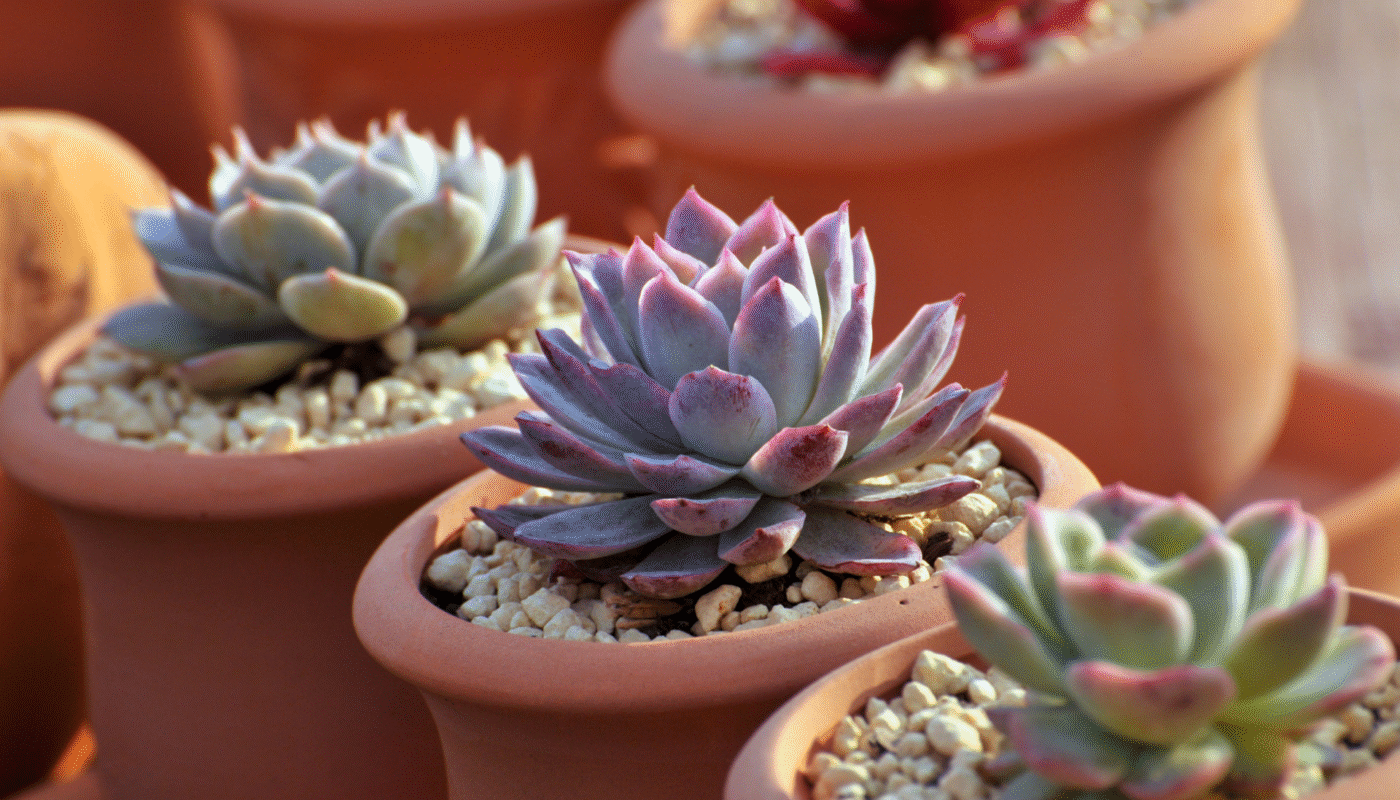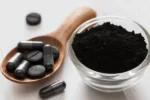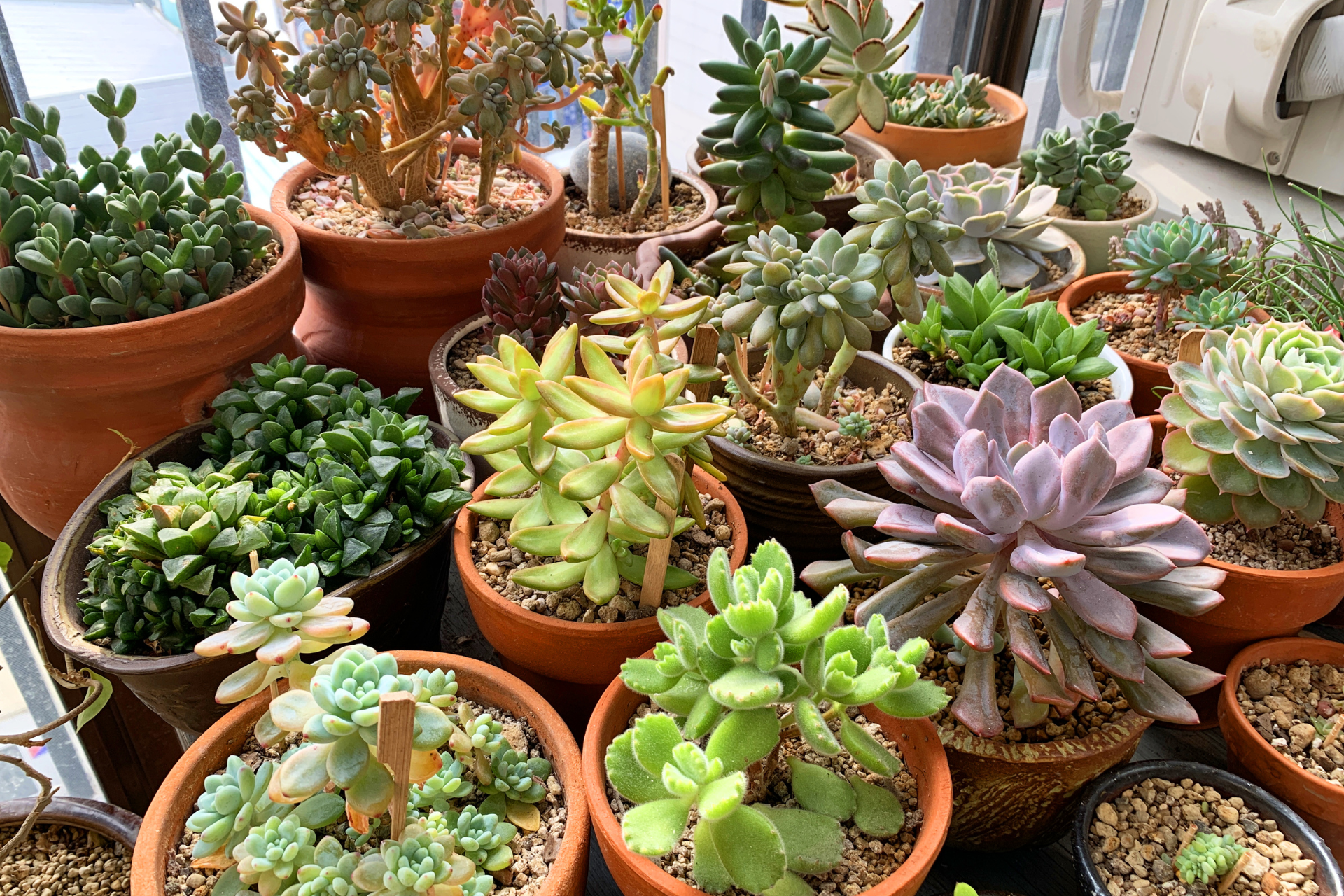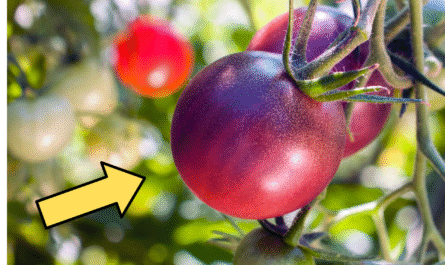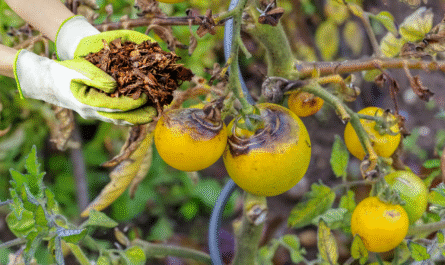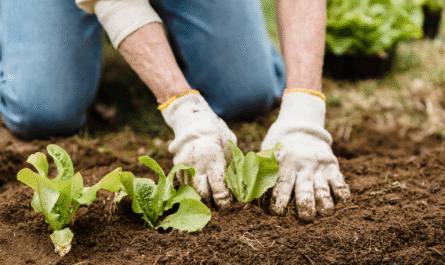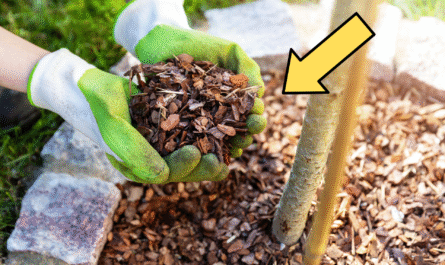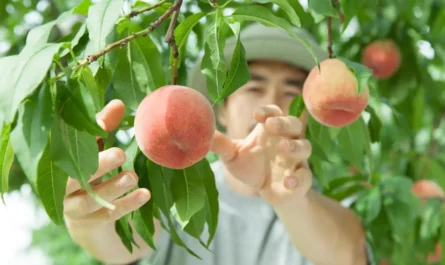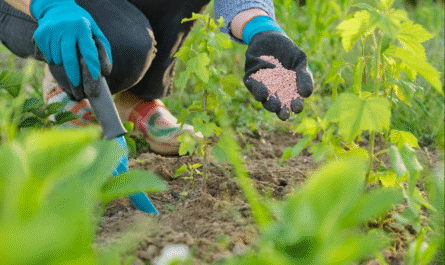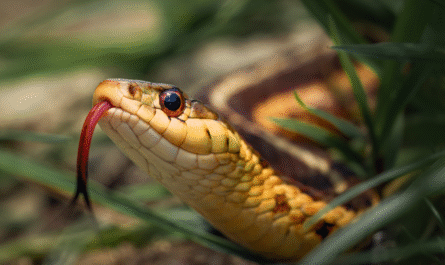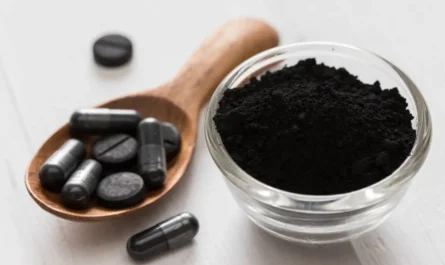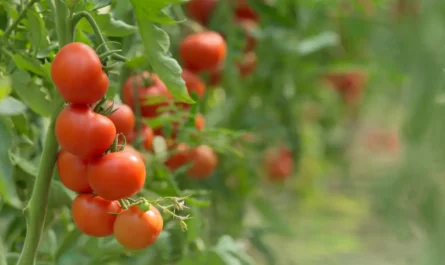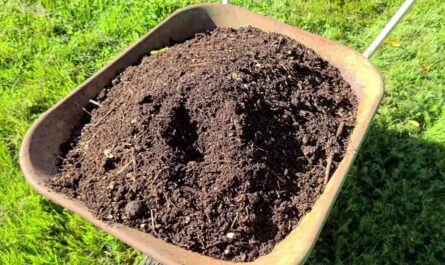Succulent plant fun facts are more fascinating than you might expect. Succulent plants have captured the attention of gardeners, homeowners, and office workers worldwide.
With their hardy nature, vivid colors, and minimal care requirements, succulents are perfect for beginners and experienced plant lovers alike. Let’s dig into some cool facts about cactus and succulent plants that might just surprise you.
What Are Succulents?
Succulents are plants that store water in their leaves, stems, or roots. This incredible adaptation allows succulents to survive in harsh, dry environments where many other plants can’t.
You’ll find succulent plants across all continents except Antarctica. Their unique ability to thrive with little water is what makes succulents stand out among the plant kingdom.
The word “succulent” comes from the Latin word “sucus,” meaning “juice” or “sap,” referring to the moisture stored within the plant.
Succulents come in a broad variety of shapes, sizes, and colors, and they can be found both in the wild and as popular houseplants. Common succulent families include Crassulaceae, Cactaceae, and Aizoaceae, each bringing distinct characteristics to the table.
Succulent plants are often mistaken for cacti, but not all succulents are cacti. However, all cacti are classified as succulents. Understanding this distinction is important for proper succulent care tips and learning how to care for succulents properly.
Their remarkable features have made succulents symbols of resilience, adaptability, and understated beauty, leading to their popularity in modern decor and gardening.
Features of Succulent Plant
One of the most interesting succulent plant fun facts is about their features. Succulents have evolved unique structural adaptations that allow them to store water and survive in extreme environments.
Thick, fleshy leaves are common among succulents, acting as reservoirs for water. Some species also store water in their stems or even roots.
A waxy, protective outer layer known as “farina” helps minimize water loss by reducing evaporation. This coating also protects them from harsh sunlight by reflecting UV rays.
In some succulents, like Haworthias, translucent “leaf windows” allow sunlight to penetrate deep into the leaf for photosynthesis, even when buried in sand.
Succulent plants also tend to have shallow, wide-spreading root systems. This enables them to quickly absorb any available moisture from rain or dew. The roots are often fibrous and can grow rapidly after rainfall to maximize water intake.
Moreover, many succulents can change color in response to environmental stress. Exposure to full sun, drought, or cold temperatures can turn their leaves vibrant shades of red, purple, or orange. This color change is not just aesthetic; it often serves to protect the plant from additional stress.
These specialized features have helped succulents thrive across a variety of habitats, from scorching deserts to cold mountain cliffs.
History of Succulent Plants
Succulent plants have a rich history that stretches back millions of years. Fossil records suggest that some types of succulents existed as far back as the Cretaceous period. Their ability to adapt to arid and semi-arid environments gave them a survival advantage during periods of climatic instability.
Ancient civilizations revered succulents for their practical and symbolic uses. The Egyptians, for instance, referred to Aloe vera as the “plant of immortality” and used it in burial rituals.
Meanwhile, native peoples in the Americas utilized cacti like the prickly pear for both food and medicinal purposes.
Succulents played essential roles in traditional medicine across various cultures. Aloe vera’s healing properties were documented by early civilizations such as the Greeks and Romans.
In Mexico, the agave plant was used for its fibers, food, and as the base for alcoholic beverages like pulque and tequila.
Victorian-era gardeners in England had a particular fascination with exotic plants, including succulents. Glass conservatories and terrariums became popular ways to showcase these resilient plants in an otherwise damp and cloudy environment.
Today, succulents continue to captivate enthusiasts worldwide, not just for their historic significance but for their contemporary appeal in home decor and landscaping.
Advantages of Growing Succulents
Growing succulents offers a wide range of benefits beyond just their aesthetic appeal. One of the biggest advantages is their low maintenance. Succulent plants require minimal watering and thrive on neglect, making them ideal for busy individuals or novice gardeners.
Succulents also contribute to improved indoor air quality. Studies show that succulent plants help remove toxins from the air, providing a cleaner and healthier indoor environment. Their ability to release oxygen even at night further distinguishes them from many other types of houseplants.
Another significant advantage is the versatility of succulents. These plants come in countless shapes, sizes, and colors, making them suitable for everything from minimalist home designs to lush vertical gardens. Some people even use them in jewelry or creative DIY projects.
Succulents are also highly durable. Their resilience against pests and diseases makes them a stress-free choice for home gardening. Their strong adaptability allows them to flourish both indoors and outdoors.
Finally, succulents provide emotional benefits. Tending to plants can reduce stress, enhance mood, and promote a sense of well-being. Succulents, with their manageable care needs and charming appearances, make it easy to experience these mental health benefits.
50 Succulent Plant Fun Facts
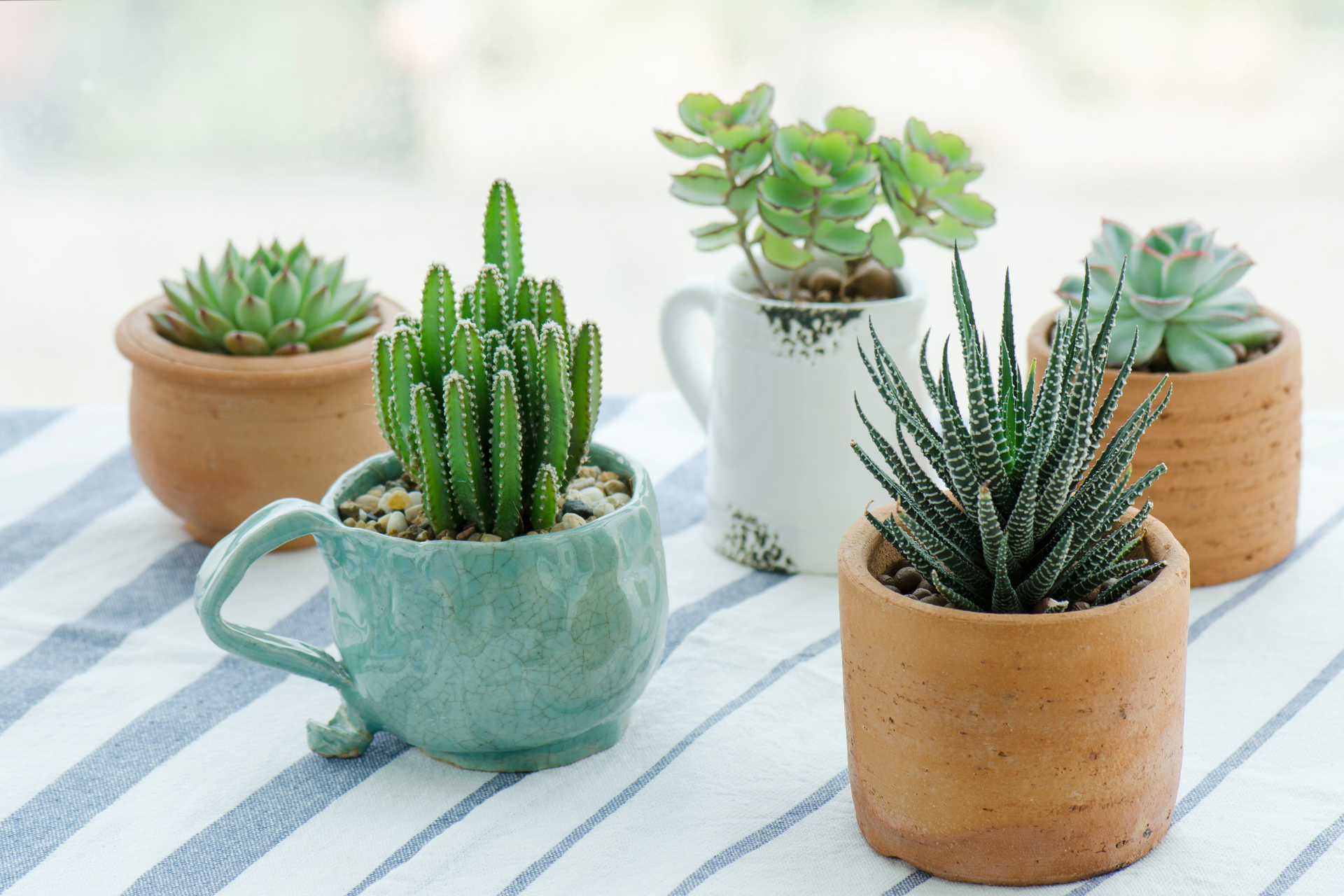
1. Succulents can survive months without water due to their water storage ability.
2. The smallest succulents, like Lithops, are only a few centimeters wide.
3. Aloe vera is a succulent plant with well-known medicinal uses.
4. Cacti, like all succulents, have specialized structures like spines for protection.
5. The largest succulent, the quiver tree, can grow over 60 feet tall.
6. Some succulents can change color based on sun exposure and stress.
7. Haworthias have translucent leaf tips, called “windows,” for photosynthesis.
8. Succulents are fire-resistant thanks to their moisture-rich tissues.
9. Certain succulents, like Butterworts, are carnivorous.
10. Succulents continue releasing oxygen at night, unlike most plants.
11. Succulents can live over 100 years with proper care.
12. Some succulents, like Sedum, can survive freezing temperatures.
13. Succulents can propagate easily from a single leaf or stem cutting.
14. Succulents grow on every continent except Antarctica.
15. Succulents often have shallow but wide-spreading roots.
16. Farina, a waxy coating, protects succulents from sun and water loss.
17. Succulent plants can purify air by removing toxins like VOCs.
18. Some succulents thrive in coastal cliffs, not just deserts.
19. Succulent flowers can be large, colorful, and incredibly fragrant.
20. Succulents are popular in Feng Shui for promoting prosperity.
21. Certain species, like Jade plants, symbolize luck and wealth.
22. Succulents can produce natural dyes from their pigments.
23. Nopal cactus is a popular food item in Mexican cuisine.
24. Succulent plants were taken into space by NASA for study.
25. Succulents like Aloe vera were used by Egyptian queens for skincare.
26. Lithops camouflages itself to look like pebbles.
27. The “String of Pearls” succulent looks like a chain of green beads.
28. Dolphin-shaped succulents exist, like the Senecio peregrinus.
29. Some succulents emit sounds when their leaves rub together.
30. Echeverias resemble blooming roses.
31. Succulent gardens help prevent soil erosion.
32. Succulents are popular wedding bouquet additions.
33. The term “succulent” literally means “juicy.”
34. Certain succulents can survive high-altitude environments.
35. Some succulents only bloom once in their lifetime.
36. Succulents are highly pest-resistant compared to other plants.
37. Growing succulents indoors can boost productivity.
38. Succulents can withstand extreme temperature swings.
39. Aloes contain anti-inflammatory properties.
40. Some succulents have edible parts used in traditional dishes.
41. Crassula ovata, or Jade Plant, symbolizes friendship.
42. The “Buddha’s Temple” succulent has a pagoda-like structure.
43. Succulents use CAM photosynthesis to conserve water.
44. Some succulents have hairy leaves for sun protection.
45. Succulents in jewelry, like rings and necklaces, are becoming trendy.
46. Succulents thrive on less frequent watering during dormancy.
47. Certain succulents repel insects naturally.
48. Succulents can create living walls or green roofs.
49. Miniature succulent varieties are perfect for small spaces.
50. Succulents inspire scientific research into drought-resistant crops.
Succulent Care Tips
1. Use Well-draining Soil
Knowing how to care for succulents properly ensures their long life and vibrant appearance. First and foremost, always use well-draining soil. Regular potting soil retains too much moisture, leading to root rot. Choose a cactus or succulent-specific soil mix instead.
2. Water Sparingly
Overwatering is the most common cause of succulent death. Water only when the soil is completely dry. Typically, succulents need more water during the growing season (spring and summer) and far less during dormancy (fall and winter).
3. Succulents Love Sunlight
Most varieties need about six hours of bright, indirect sunlight daily. However, too much direct sunlight can cause sunburn, leading to scorched leaves.
4. Proper Container Choice Matters
Pots must have drainage holes to allow excess water to escape. Terracotta pots are ideal because they allow better airflow and moisture evaporation.
5. Pest Control
Keep an eye out for pests like mealybugs and spider mites. Use neem oil or insecticidal soap if infestations occur. Good air circulation around your plants will also help prevent pest problems.
6. Fertilization
Lastly, fertilize succulents lightly during their growing season. Use a balanced, water-soluble fertilizer diluted to half strength once a month.
Types of Succulents
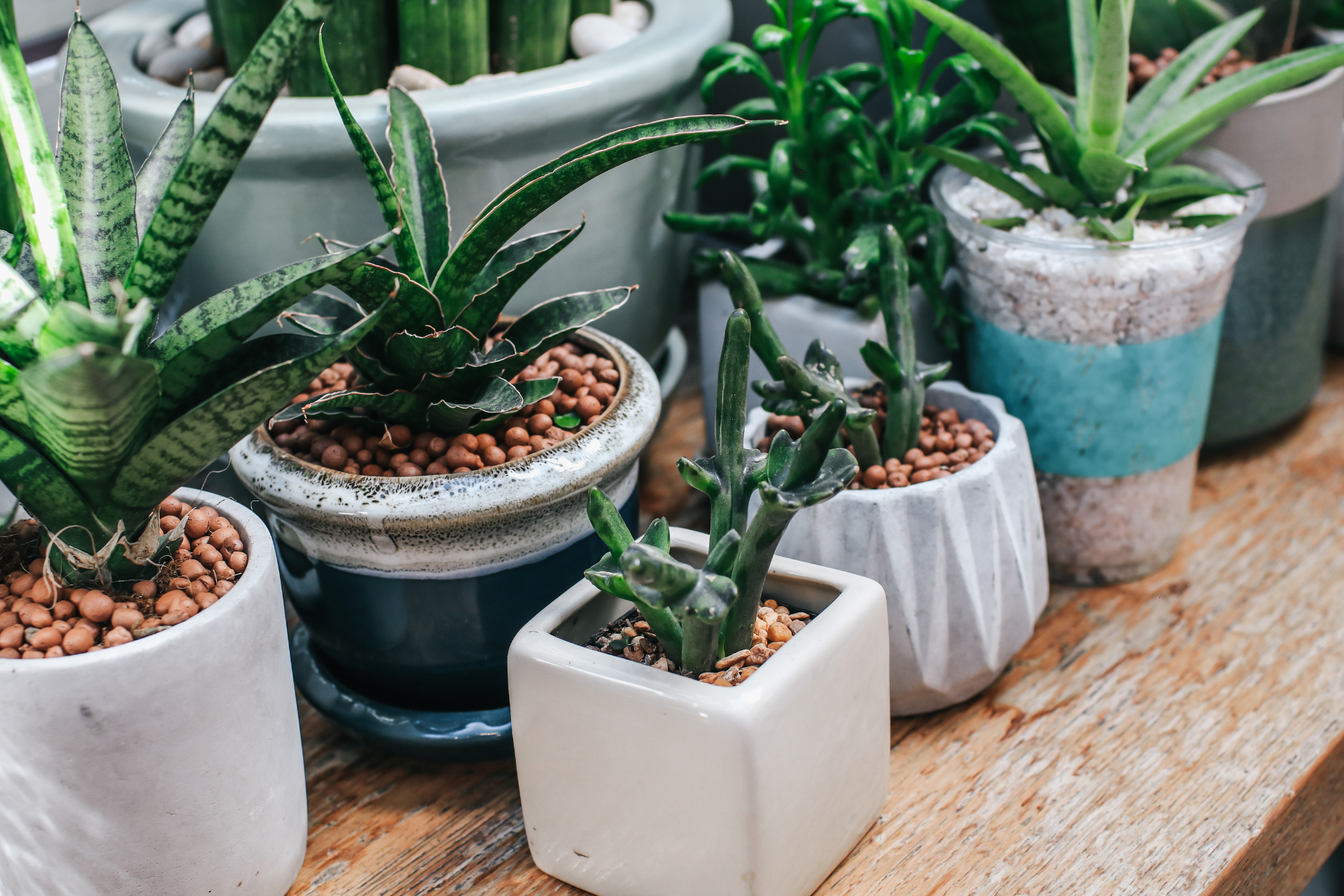
There are thousands of types of succulents plants available, each with unique characteristics. Some popular types include:
1. Echeveria: Known for rosette shapes and pastel colors.
2. Sedum: Versatile groundcovers ideal for outdoor gardens.
3. Crassula: Includes the famous Jade plant.
4. Aloe: Famous for medicinal uses.
5. Haworthia: Small, shade-tolerant succulents with textured leaves.
6. Agave: Large, architectural plants used in landscaping.
7. Lithops: “Living stones” that mimic pebbles.
8. Kalanchoe: Flowering succulents known for vibrant blooms.
Choosing the right type depends on your aesthetic preferences, available space, and lighting conditions.
When Should I Plant Succulents?
If you’re wondering “when should I plant succulents,” the best time is during the spring and early summer. Warmer temperatures and longer daylight hours encourage active growth, giving succulents the best chance to establish themselves.
Avoid planting succulents during extreme weather, both the peak of summer and freezing winter months can stress new plants. In cooler regions, wait until all danger of frost has passed before planting outdoors.
Indoor planting can happen year-round, provided you maintain stable temperatures and lighting conditions. Whether indoors or outdoors, always ensure proper soil and potting techniques.
Repotting should also coincide with the growing season to minimize transplant shock. Handling succulents during dormancy can delay their recovery.
Timing it right ensures your succulents adapt quickly, thrive, and display their full potential in growth and color.
Final Thoughts on Succulent Plant Fun Facts
Succulents are much more than just trendy plants. They’re resilient, beautiful, and packed with incredible traits. From their water-saving adaptations to their rich cultural history, succulents offer endless fascination.
Learning succulent plant fun facts, understanding how to care for succulents, and knowing when should I plant succulents empowers you to keep them thriving.
Whether you want cool facts about cactus for trivia nights or succulent plant fun facts for kids’ science projects, there’s always more to discover.
Add a succulent to your home or office today, it’s a small step toward greener, healthier living. And who knows? You might just find yourself captivated by their remarkable world.

